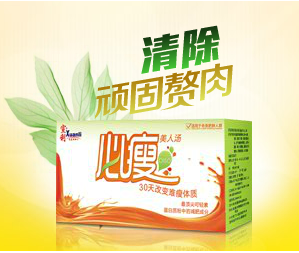|
Approval is Based on Clinical Studies Conducted in Japan, Europe and North America Confirming the Efficacy and Safety of CUVITRU [Immune Globulin Subcutaneous (Human), 20% Solution]
OSAKA, Japan & CAMBRIDGE, Mass.--(BUSINESS WIRE)--Takeda (TSE:4502/NYSE:TAK) today announced that the Japanese Ministry of Health, Labour and Welfare has approved the use of CUVITRU™ [Immune Globulin Subcutaneous (Human), 20% Solution] in patients aged 2 years and older with agammaglobulinemia or hypogammaglobulinemia1, disorders characterized by very low or absent levels of antibodies and an increased risk of serious recurring infection caused by primary immunodeficiency (PID) or secondary immunodeficiency (SID)2. The approval marks Takeda’s first subcutaneous immunoglobulin (SCIG) therapy for patients in Japan. The approval is based on results from a Phase 3 clinical trial that evaluated the efficacy, safety, tolerability and pharmacokinetics of CUVITRU [Immune Globulin Subcutaneous (Human), 20% Solution] in Japanese patients with PID (NCT04346108), as well as two Phase 2/3 clinical trials conducted in patients with PID in North America (NCT01218438) and Europe (NCT01412385). Results from the clinical trial in 17 patients in Japan confirmed its efficacy and safety profile1. No serious or severe adverse events were reported, and CUVITRU was well-tolerated. The most frequently reported adverse reactions were injection site swelling in four patients (23.5%) and injection site erythema in three patients (17.6%)1 during CUVITRU treatment. Previously reported clinical trial results also confirmed the efficacy and safety of CUVITRU. “We are delighted that CUVITRU, approved in more than 30 countries worldwide, has now been approved in Japan as our first subcutaneous immunoglobulin treatment for agammaglobulinemia or hypogammaglobulinemia,” said Naoyoshi Hirota, regional head of research & development for Takeda’s Plasma-Derived Therapies Business Unit in Japan. “Patients with immunodeficiency often contract serious infections, including pneumonia, sepsis and other recurring infections. Immunoglobulin replacement therapy is the standard of care, and we are proud to offer a new flexible dosing regimen to patients in Japan.” Timely diagnosis of PID is problematic in Japan and treatment with immunoglobulins is currently much lower than in other parts of the world3,4. Patient demand for plasma-derived therapies (PDTs) is expected to grow significantly in the coming years, and Takeda is leading regulatory efforts and discussions to elevate the standard of care in Japan and introduce more of Takeda’s PDT portfolio into the country. “Takeda is proud to build on our long and rich Japanese heritage by continuing to invest in and expand our PDT offerings to address the needs of patients,” said Kristina Allikmets, head of research & development for Takeda’s Plasma-Derived Therapies Business Unit. “Hand in hand with our recent investment in an end-to-end global plasma manufacturing facility in Osaka, the approval of CUVITRU marks the start of our commitment to bringing our broad and differentiated global PDT portfolio to immunodeficient patients in Japan over the next decade.”
About Agammaglobulinemia or Hypogammaglobulinemia
About Primary Immunodeficiency and Secondary Immunodeficiency
About CUVITRU™ [Immune Globulin Subcutaneous (Human), 20% Solution] CUVITRU Product Overview in Japan
|
广告位招租
网站关键词: 粤都网








